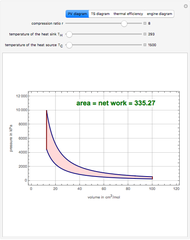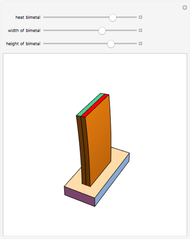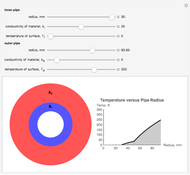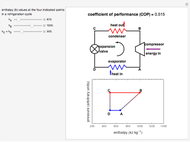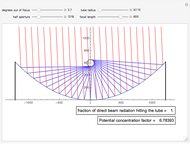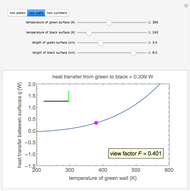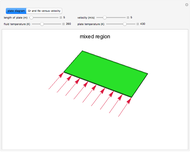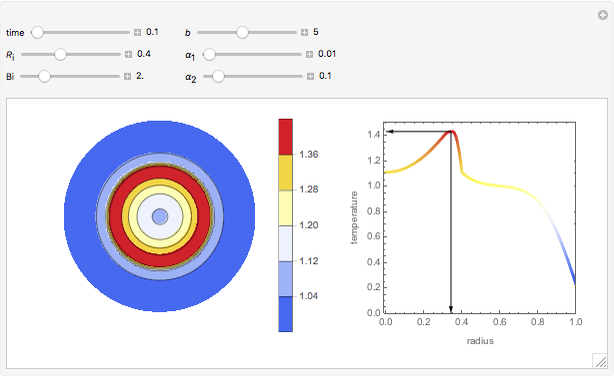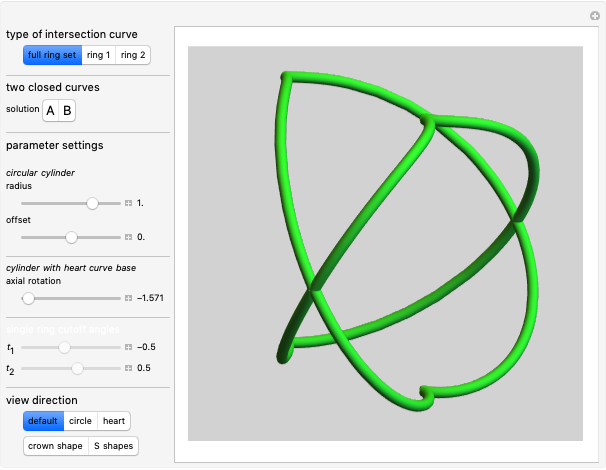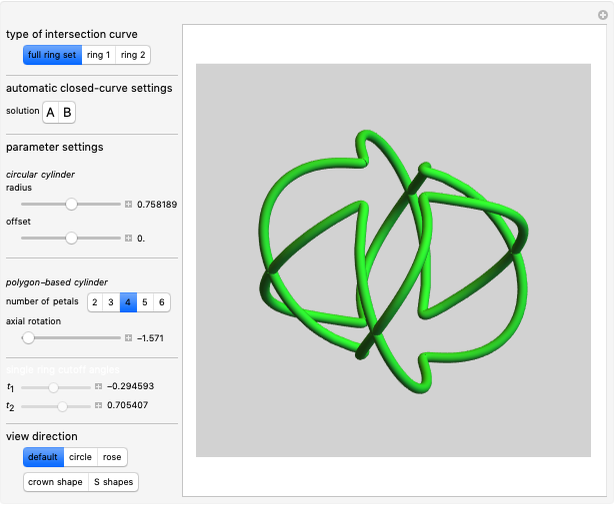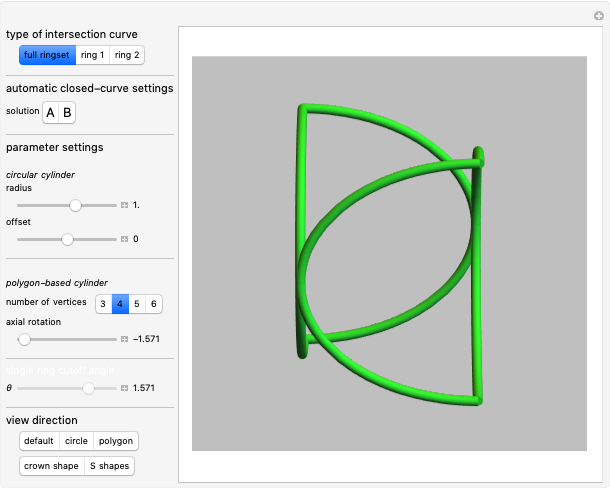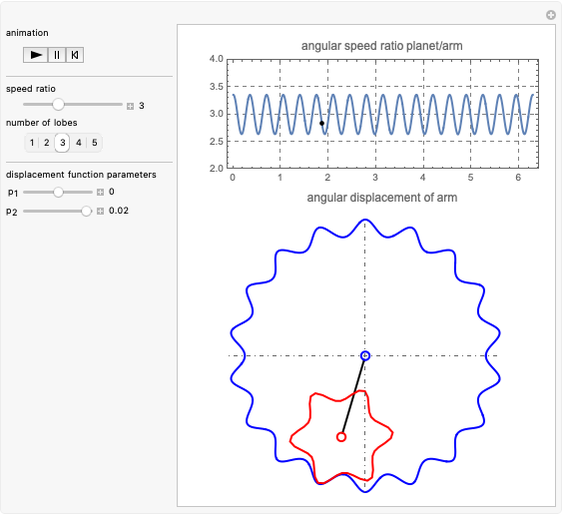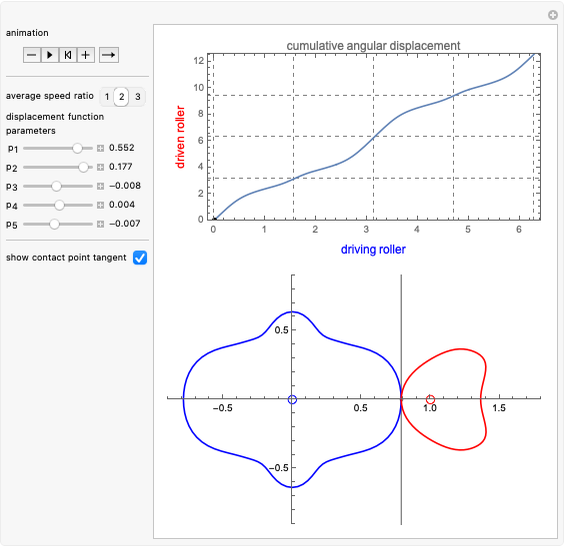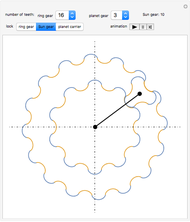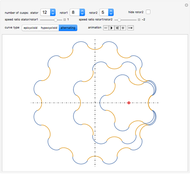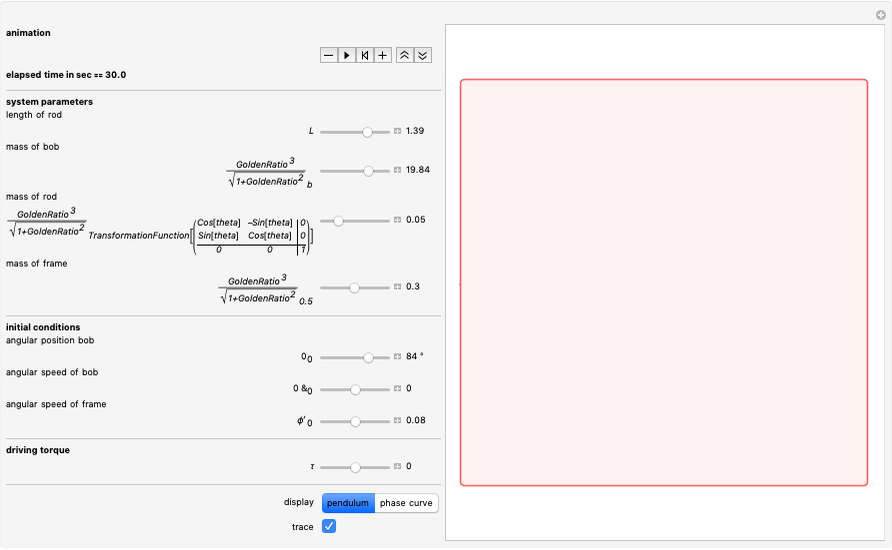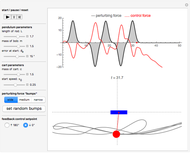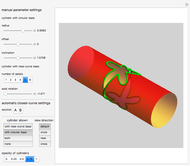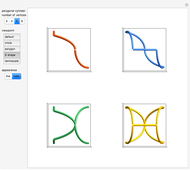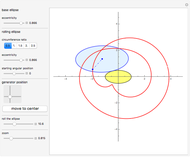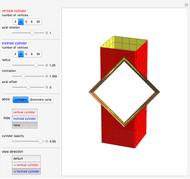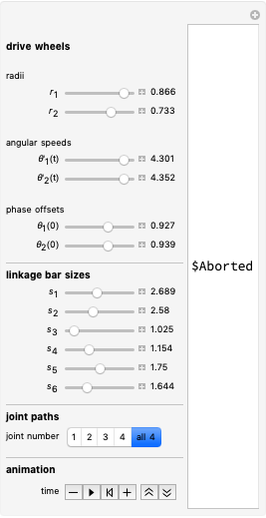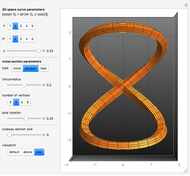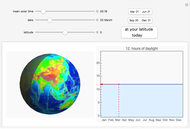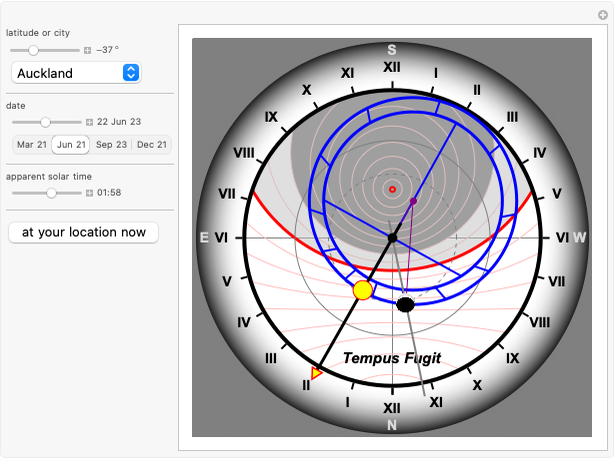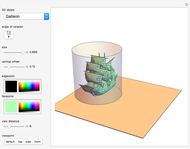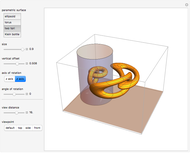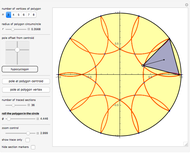Solar Updraft Tower

Requires a Wolfram Notebook System
Interact on desktop, mobile and cloud with the free Wolfram Player or other Wolfram Language products.
A solar updraft tower combines three well-known applications to produce solar energy:
[more]
Contributed by: Erik Mahieu (January 2012)
Open content licensed under CC BY-NC-SA
Snapshots
Details
An air mass flow  has a temperature increase
has a temperature increase  when heated with solar radiation
when heated with solar radiation  according to the formula
according to the formula  , where
, where  is the soil absorption factor,
is the soil absorption factor,  is the glass transmittance factor,
is the glass transmittance factor,  is the density of air, and
is the density of air, and  is the specific heat of air [1].
is the specific heat of air [1].
The air mass flow as the result of a temperature difference in a stack of height  and cross section
and cross section  can be calculated by
can be calculated by  , where
, where  is the discharge coefficient for the opening (assumed to be 0.65) [3].
is the discharge coefficient for the opening (assumed to be 0.65) [3].
Solving the above two equations simultaneously gives the temperature between the end of the collector and the entrance of the stack where the turbine is located.
The resulting power of the turbine can be calculated with the formula  [1].
For comparison, the solar radiation energy on the same surface area as the canopy roof is
[1].
For comparison, the solar radiation energy on the same surface area as the canopy roof is  .
.
The following quantities are calculated in the Demonstration:
1.  : the mass flow of air in the stack
: the mass flow of air in the stack
2.  : the air speed in the stack
: the air speed in the stack
3.  : the power generated in the turbine
: the power generated in the turbine
4.  : the solar radiation energy on a surface equal to the collector roof surface.
: the solar radiation energy on a surface equal to the collector roof surface.
The theoretical background of a solar updraft tower is discussed in [1]. Most of the formulas used here come from this article.
Other interesting descriptions are found in [2].
For a theoretical background of the stack effect see [3].
A working solar tower in Spain is discussed in [4].
For solar tower projects around the world see [5].
References
[1] C. D. Papageorgiou. "Efficiency of Solar Air Turbine Power Stations with Floating Solar Chimneys." Floating Solar Chimney Technology. (Aug 19, 2011). https://www.actapress.com/Abstract.aspx?paperId=18316.
[2] J. Schlaich, R. Bergermann, W. Schiel, and G. Weinrebe. "Design of Commercial Solar Updraft Tower Systems." 1000 Friends of Florida. www .1000friendsofflorida.org.
[3] "Air Movement and Natural Ventilation." The University of Hong Kong, Faculty of Architecture. (Apr 29, 2003). http://arch.hku.hk/teaching/lectures/airvent/.
[4] E. Lorenzo. "Las chimeneas solares." Censolar. www.fotovoltaica.com/chimenea.pdf.
[5] "Clean Green Renewable Energy." EnviroMission. www.enviromission.com.au/EVM/content/home.html.
Permanent Citation








